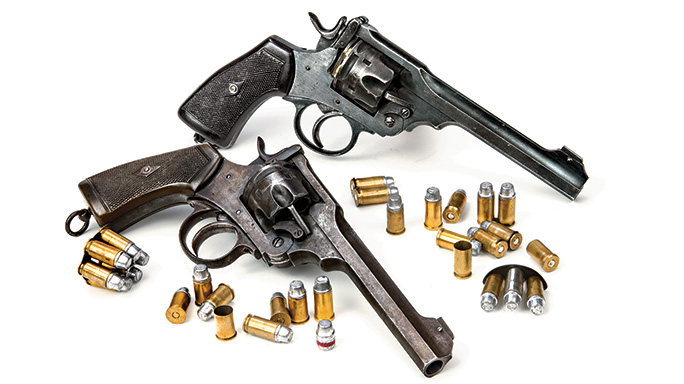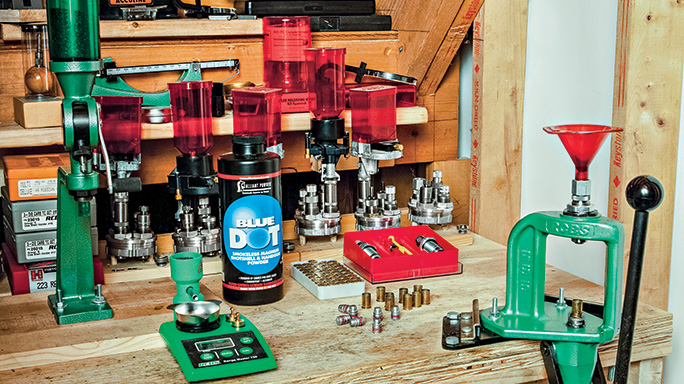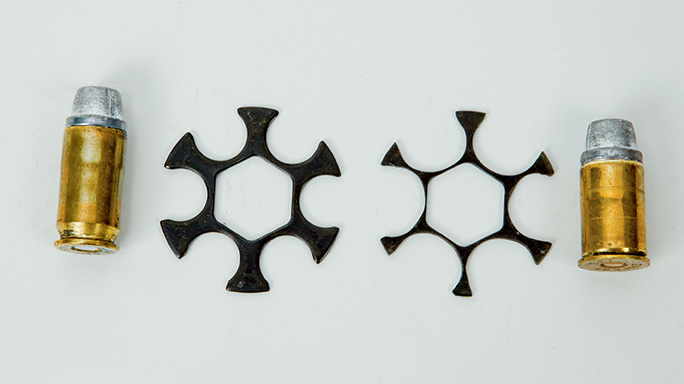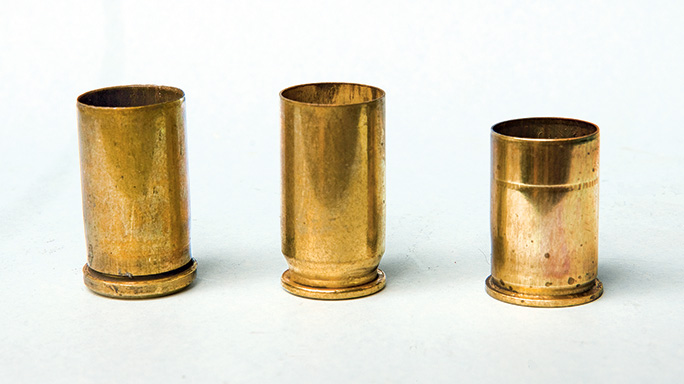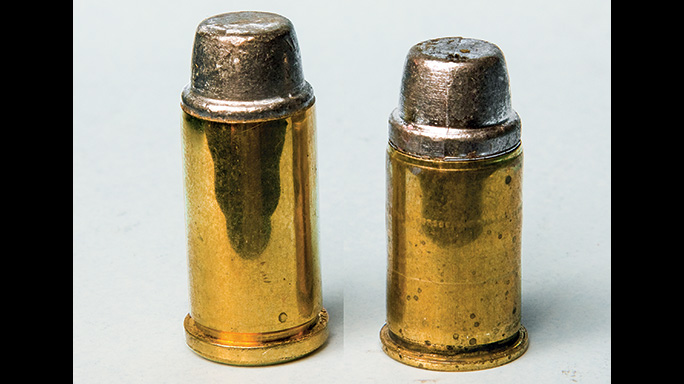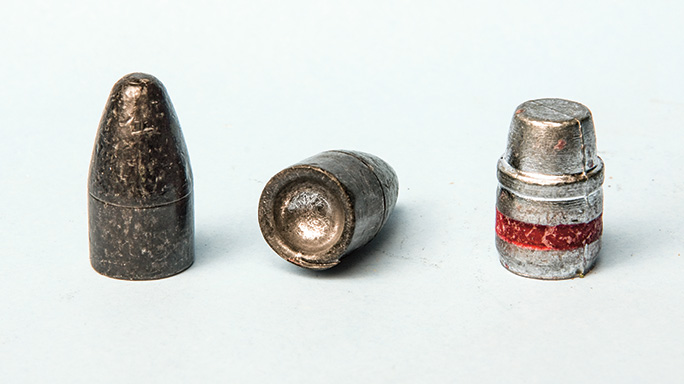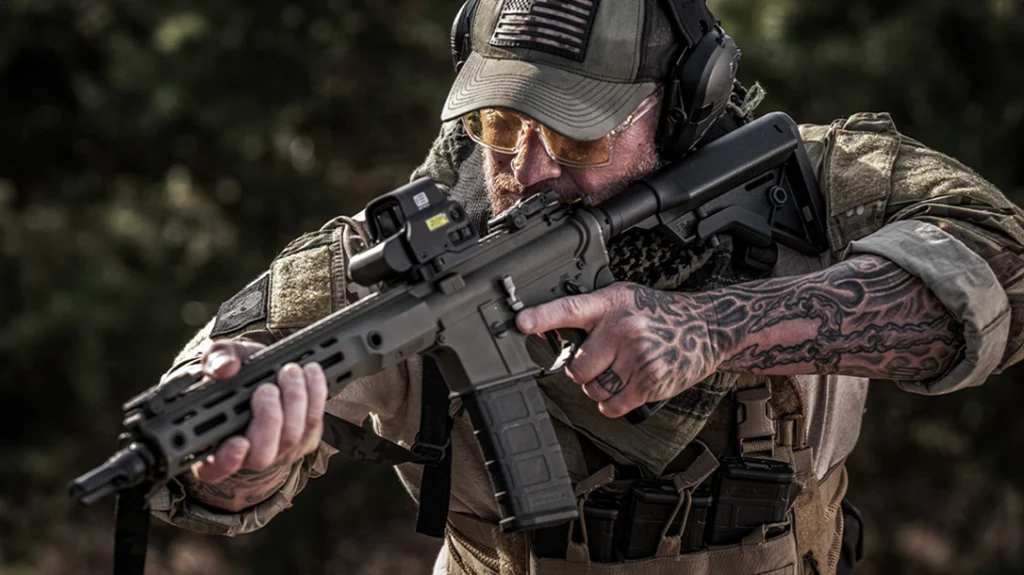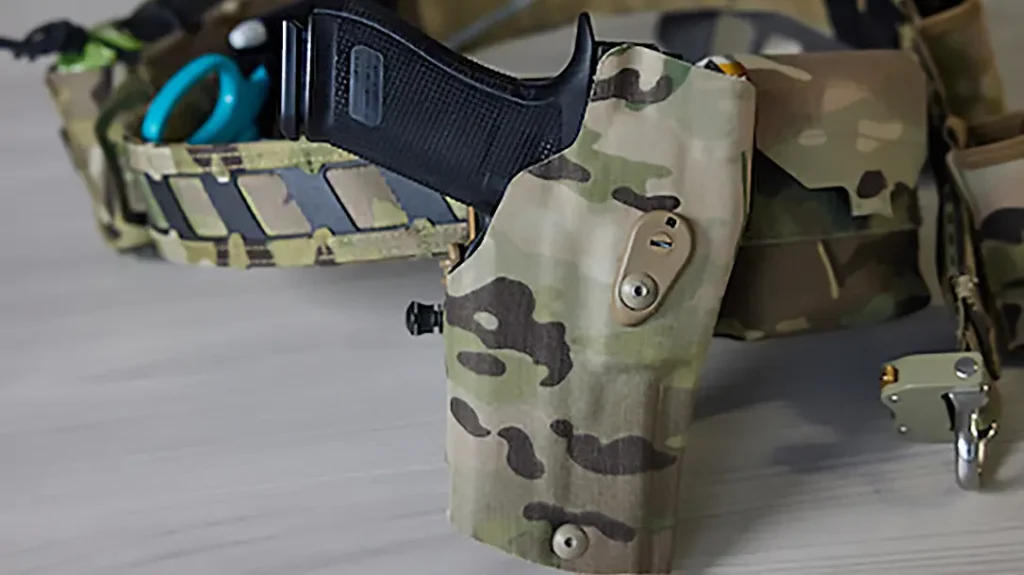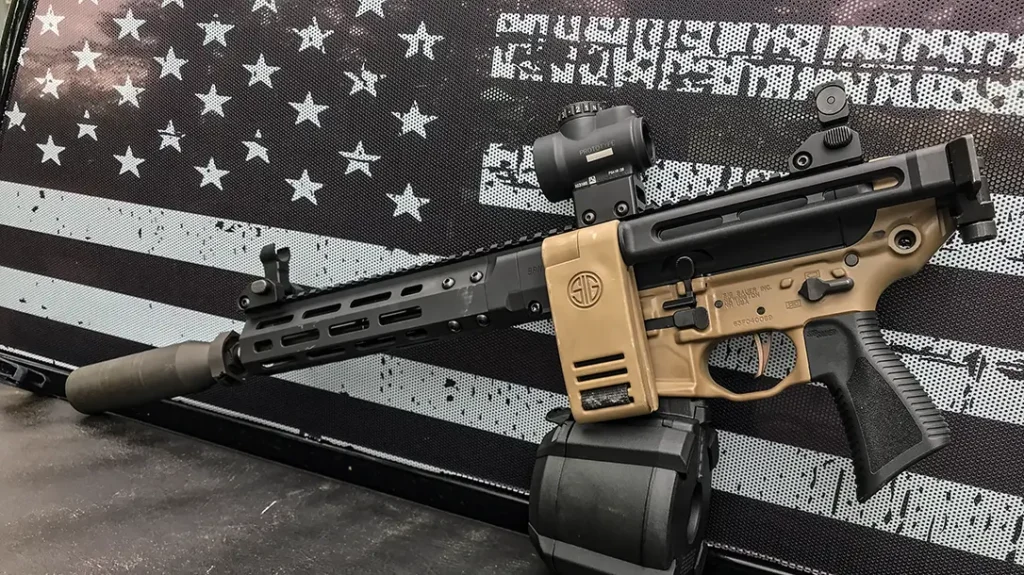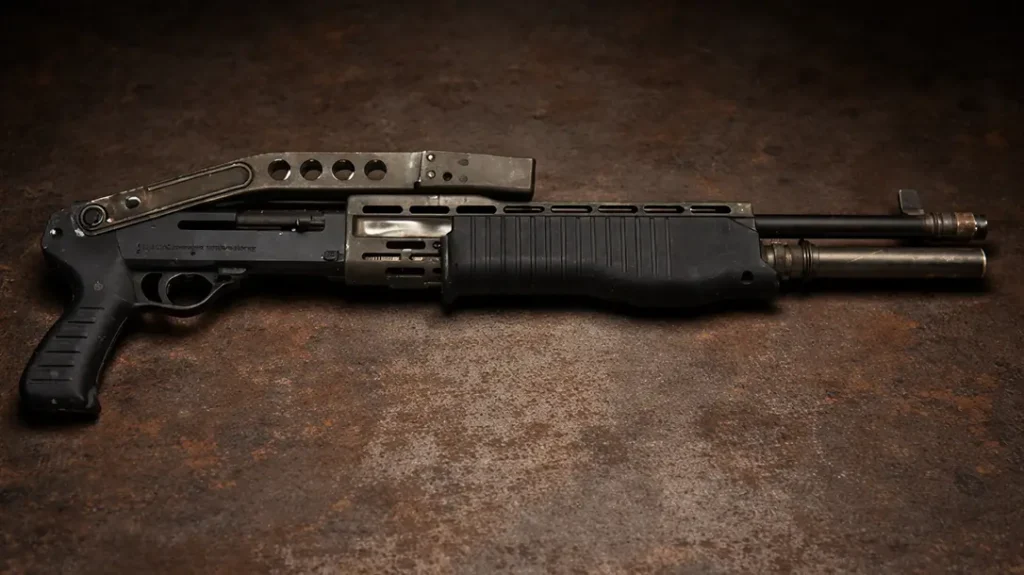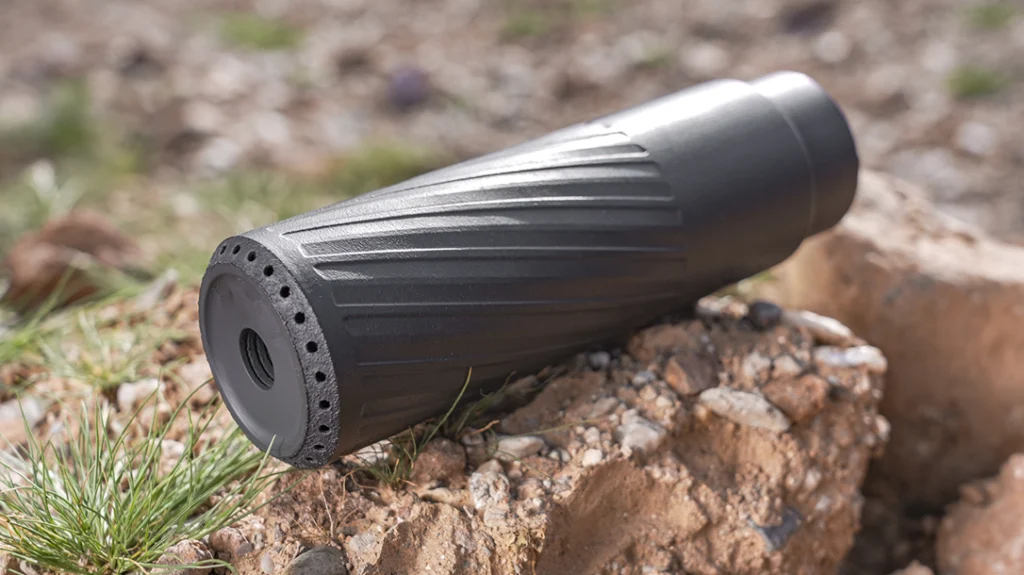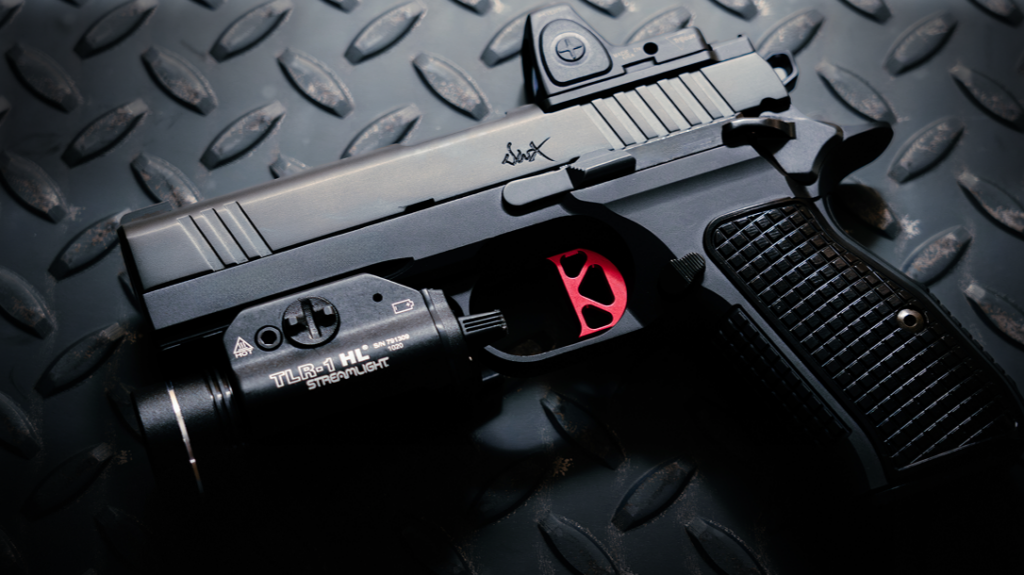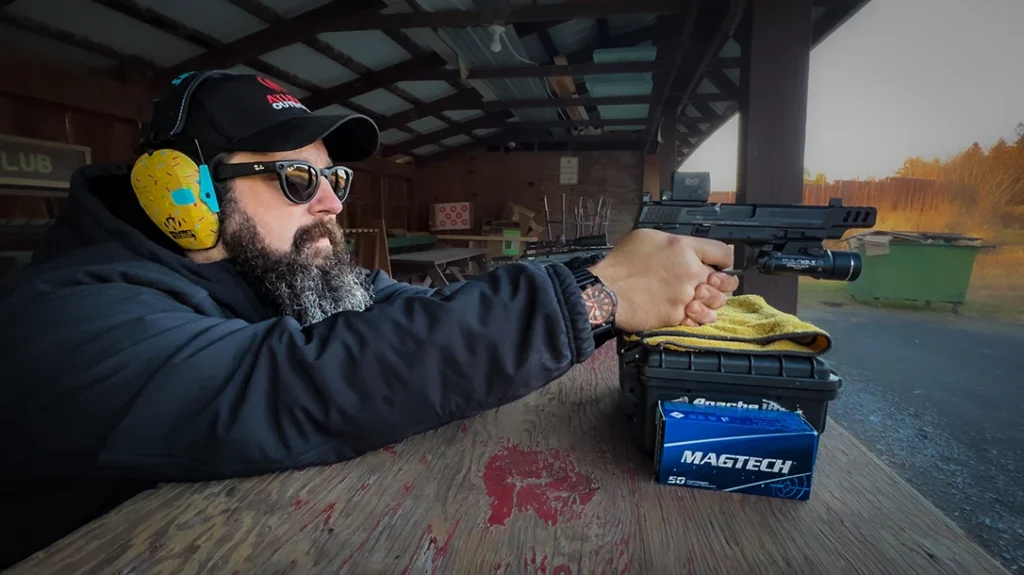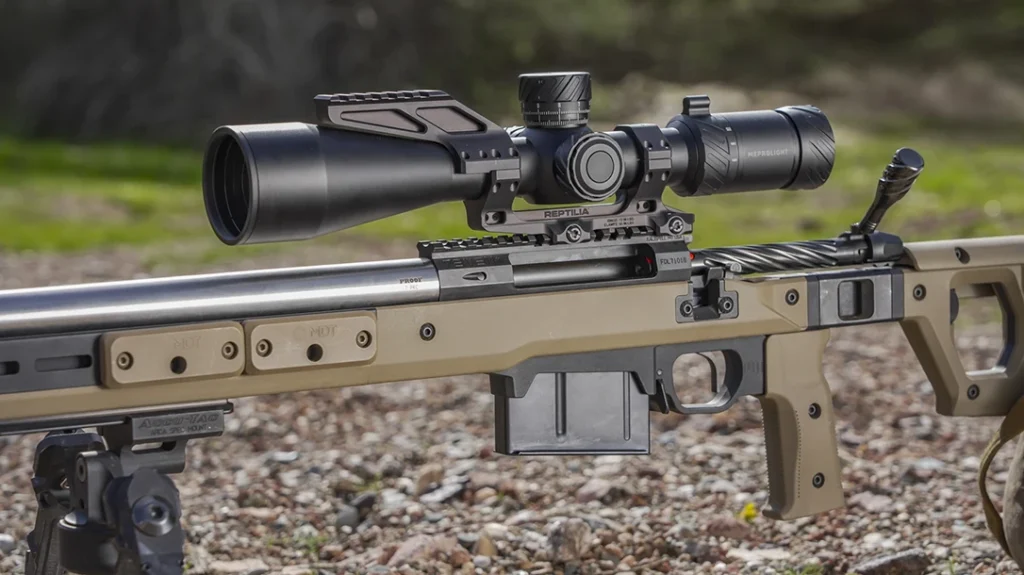I have been a fan of Webley’s Mk VI top-break revolver since 1964 when I saw the movie Zulu. I was only 10 years old at the time, so I had no idea that a revolver made in 1916 had no place in a movie that was set in 1879. I just knew that it was one cool-looking gun. I wanted one, and eventually I found one at an estate sale.
- RELATED STORY: Webley Wilkinson .455 | 445 Webley Revolver
Like most Webley Mk VI revolvers here in the United States, my estate-sale find had a shaved cylinder. After World War II, lots of surplus Webley handguns were imported, but importers were concerned that the .455 Webley chambering would limit the sales of the revolvers among American shooters.
To get around this, they shaved back the rear of the cylinder on a lathe to increase the headspace to allow the Webley to chamber .45 ACP cartridges on moon clips, or .45 Auto Rim cartridges. Since there were already plenty of Smith & Wesson and Colt Model 1917 revolvers around that were chambered this way, shaving the Webley cylinders made these guns more acceptable to mainstream shooters. Unfortunately, it also led to a new set of problems.
Advertisement — Continue Reading Below
The .455 Webley cartridge that these guns were originally chambered for is a world away from the .45 ACP ammunition they were converted to fire. To begin with, the bore diameter of a Webley Mk VI is a nominal .455 inches, though the ones I’ve slugged were actually .454 inches. The bullet on a .45 ACP cartridge is only .452 inches in diameter, so .45 ACP rounds, especially jacketed bullets, tend to give only mediocre accuracy in a Webley revolver. But that’s not the biggest problem.
Standard, factory-loaded .45 ACP rounds in the United States generally produce 21,000 pounds per square inch (psi) of chamber pressure, and +P loads run up to 23,000 psi. That is much higher than the pressures Webley cylinders were designed to withstand. The C.I.P., which is the Permanent International Commission for Firearms Testing, rates the .455 Webley round at 13,050 psi, so firing a +P .45 ACP round in a Webley will put a significant overstress on the cylinder walls.
Personally, I think the C.I.P. is too conservative in rating the .455 Webley round, probably in deference to 19th century, black powder-firing Webley revolvers that can chamber the same cartridge as the 20th century Mk VI model. The British government rated the Mk VI at 6 tons copper units of pressure (CUP), or 15,230 psi, which is higher than the C.I.P. rating but still way below the pressure rating for .45 ACP cartridges. Believe me, Webley Mk VI revolvers have failed catastrophically from shooting a steady diet of full pressure .45 ACP ammunition, so caution is a good thing in this case.
Advertisement — Continue Reading Below
But, by handloading, you can make accurate ammunition that is safe to shoot in your Webley revolvers. If you have an un-shaved Webley, you can hand-load .455 Webley ammunition that will outperform the factory-loaded ammunition on the market. But, if you plan to shoot .45 ACP or Auto Rim in your Webley, handloading is imperative for safe shooting. In this article I’ll give you loads for each cartridge.
.455 Handloads
In my experience, my .455 Webley handloads are clean-burning and much more accurate than the available factory ammunition. For comparative purposes, I shot a box of newly manufactured Fiocchi ammunition. The average velocity for these rounds was 601 feet per second (fps). My best group with this factory-loaded ammunition
measured 2.75 inches across.
Advertisement — Continue Reading Below
For my .455 Webley handloads, I load a .454-inch, 255-grain, lead, semi-wadcutter bullet over 6.8 grains of Alliant Blue Dot powder. I like using Blue Dot because I can use 100-percent density loads, with no airspace between the bullet and the powder. I find that 100-percent density loads burn more consistently than tiny loads of faster-burning powders that move around inside the cartridge case. I used once-fired Fiocchi .455 brass, which takes small pistol primers. This load generates a 12,600 psi chamber pressure, so it should be safe to shoot in all .455 Webley revolvers.
The actual loading procedure I use for .455 Webley rounds is a little more painstaking than my standard procedure. I use an RCBS single-stage press, and I de-prime, size and prime the brass as usual. Then I expand the case mouths and I get ready to charge the cases with powder. Because the .455 Webley Mk II cases are so short, I am very careful with the powder charge. With a short case like this, it’s easy to get into an over-pressure situation by going just a couple of tenths of a grain over the maximum charge.
To make sure that doesn’t happen, I weigh each charge. First, I set my RCBS Uniflow Powder Measure to throw a charge that is 3/10 of a grain too light. Then I use a Redding Powder Trickler to dole out a flake of powder at a time, over the pan of my digital scale, until I reach 6.8 grains of Blue Dot powder. Then I charge the brass. After that, I seat the bullets with a good, solid roll crimp.
Advertisement — Continue Reading Below
This load has been very accurate for me. During the shooting session for this article, my best 25-yard group with this load was 0.5 inches across. Most groups were between 1 inch and 2 inches in diameter. Velocity with this load averages 683 fps, which is certainly hotter than the Fiocchi load, but it is still a mild shooting round in the big Webley.
.45 ACP/Auto Rim
If you have a shaved cylinder but you would like to shoot real .455 Webley ammunition, it is pretty easy to take a steel full moon clip for .45 ACP and relieve the openings with the sanding drum on a Dremel tool so they can accommodate .455 brass. I did this in about half an hour, and now I shoot .455 handloads in my shaved Webley all the time because they are wickedly accurate.
Advertisement — Continue Reading Below
If you prefer the convenience of shooting .45 ACP or .45 Auto Rim brass in your shaved Webley, it is a snap to put together safe handloads for it. The longer .45 ACP brass is a bit more forgiving of small variations in the powder charge, so I’m able to dispense with the powder trickler. My Webley load for .45 ACP uses the same hard-cast, .454-inch-diameter, 255-grain, lead, semi-wadcutter bullet as I use in the .455 Webley load. For powder I use 5.1 grains of Hodgdon’s HP38, and I light it off with a large pistol primer. This load generates about 14,000 psi of chamber pressure, which is as hot a load as I care to shoot in a Webley Mk VI, and I would not use it in earlier Webley model revolvers.
- RELATED STORY: World War MilitAIRia: 7 Military Sidearm Air Gun Replicas
This load has an average velocity of 705 fps, which is decidedly lower than the typical .45 ACP factory load that typically shoots in the neighborhood of 850 fps. I’ve been shooting this load for almost 20 years in my Webley Mk VI revolvers, and it has proven to be mild shooting and accurate. During this testing session, my best 25-yard group measured 2.5 inches, and my worst was 3.5 inches across. Which isn’t bad for a gun that’s almost 90 years old.
So, get your Webley’s out of the safe and on the range where they belong with safe, accurate handloads.
Advertisement — Continue Reading Below
